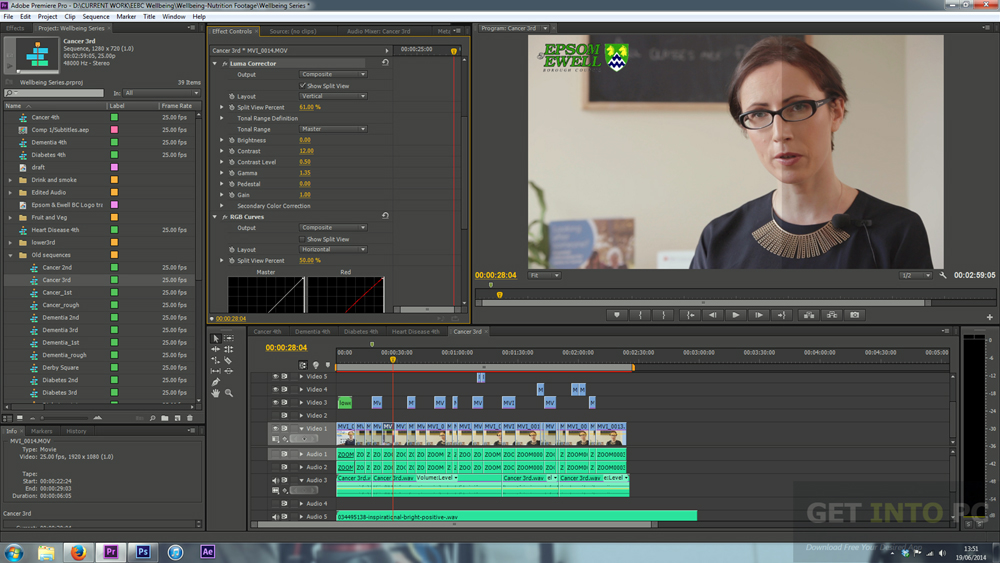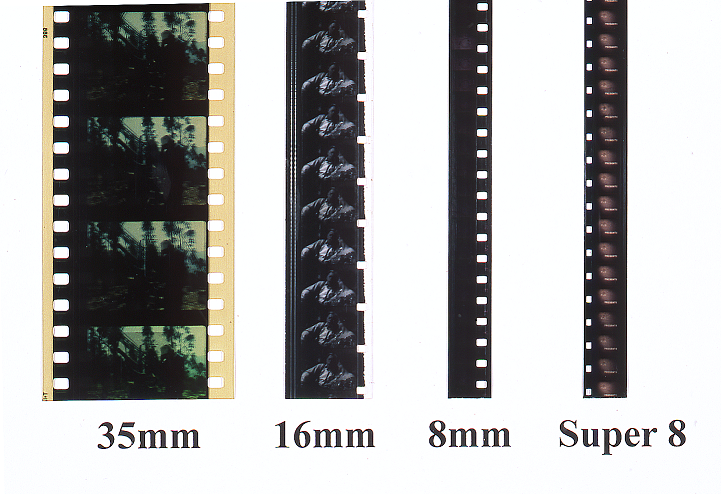Conventions and
techniques:
Seamless editing is
when you combine two completely different pieces of film together to create a
film so this would mean taking two parts of a movie from different moments or
time and combining them together to make something smooth and ongoing.
Continuity is a set of
rules in editing that are about cutting content and putting it with another
piece of content and making sure it is clear to the audience and doesn’t
confuse them, if it wore to it may discourage the audiences interest. These set
of rules consist of:-
Establishing shot
Shot/ reverse shot
180 rule
30 rule
Crosscutting
Match on action
Eyeline match
Re-estalishing shot
And why editors use
these rules? Because its easier for the audience to watch your film, the
audience don’t want to be confused half way through. This is also to ensure
that the movie is smooth and not jumpy.
Montage is when you
combine a lot of shots and parts together to make something that makes sense to
the audience but can be at complete different times and points for example the
opening to hot fuzz he speaks about who he is (well mostly his carrer) and how
he ends up moving from the city to a village where crime rate is presented as
low. This consists of many different shots at different times to explain his
story over a voice over as the montage shows what he is talking about. Want to
check it out? Here is the link
https://www.youtube.com/watch?v=rBNnHlqO4cs This is my favourite movie montage, don’t ask
why XD but anyway this alone showed the audience the narrative and was an
amazing introduction to the movie as it explained everything clearly and only
lasted a few minutes saving screen time for other things and it seems to be
audiences like information given to them quickly so this would of intreged the
audience right from the start and couldn’t of been done in a better way.
180 rule is a rule
that is done to not confuse the audience so this rule means the camera will
stay a rotate around a 180 angel reason being if it was a 360 angel it could
confuse the audience or be hard to watch. For example a talking scene the
camera will stay on a 180 angel as showing a close up of someone talking and
then the person facing them will have the next shot as long as it’s in the 180
angel so it doesn’t look as though they are talking to themselves. The only way
to change sides of the 180 is if you show the camera changing sides in which
case then it is acceptable.
Transitions
Dissolving is when you
change scenes by making the end dip to black, cross dissolve into the next
scene or dip to white (which is rare), dissolves are a nicer way to keep a
movie smooth for it to be easier to watch because if every scene ended suddenly
it could confuse the audience or be hard to watch. Not only that but it could
look like the next scene is out of context if editors don’t use dissolves and
that makes the audience not wanting to continue the movie.
Wipe is when you
clearly show black coming across the screen to the next scene or show as if the
scene is a window being washed away into another scene this is commonly seen in
star wars as they are famous for using this to go to the next scene. This gives
the audience a clear view of what is happening and that the scene is changing.
Point of view known as
POV is a shot that is in the eyes of the actor, this is famously used in
hardcore henry which is a movie that is all shot in the point of view of henry
and is a very clever movie and is the first of its kind and probably many to
come, this shot can show the audience clearly what the actor is feeling and
makes the audience feel as though they are in the movie properly. POV is in
many movies but this one only has point of view and works amazingly and keeps
the audience watching from how interesting it and the fact they feel like they
are there.
providing and withholding information is a
clever piece of editing as the editor withholds information from the audience
to leave them wanting more and to continue watching to find out what happens,
this has been used in Momento which is about a man that has short term memory
loss (yes like dory from finding nemo) this movie makes the audience feel as
confused as the main character as he tries to figure things out, there are two
different times in the movie that are mixed up for the audience to figure out
and all comes together at the end so it provides us with information and keeps
it away at the same time, scary but clever editing. Another example could be
Donnie Darko which is a movie that provides information but withholds it and
never reveals what actually happened leaving the audience to still think about
it to this day, clever? Oh yes it is.
Cutting is when a
editor cuts a clip from a movie shorter or in a sense of where he/she thinks it’s
a good place to stop and change scene by combining another clip to the cut
version. This allows the editor to make the film more interesting and flow
easily in places and if not for cutting every movie would be one scene and one
shot like it used to be.
Cutting to soundtrack
is when a scene blends into the soundtrack being played over it as maybe being
cut on certain beats to make it more comfortable for the audience or to show a
very tense moment such as a car chase and ensuring the soundtrack blends with
that scene if done badly this could encourage the audience to stop watching.
Editing rhythm is
important within editing, this is the amount of time a shot last, the amount of
time a cross fade is, the music used in shots and how long it lasts through the
movie, how things blend into one another. It is basically the smoothness of the
movie and how it’s presented to the audience. This is vital since if it’s done
wrong it will look low budget and possibly homemade if done badly. It could
also be hard to watch any other way.
Shot reverse shot is a
technique used in most movies where it shows a shot of someone talking and then
another shot after showing the other person talking back, we spoke about this
in the 180 rule due to the rule applying to this technique, well this is used
in most movies when speaking and gives the audience a clear understanding of
whom is talking to whom. If they break the 180 rule then it will look like they
are talking to themselves..
Crosscutting is when
there is an action taking place somewhere then cuts to a scene from the same
action area but will be from someone elses point of view but this usually comes
together in the end, an example of this could be batman V superman when batman
and superman are in the same action place fighting dooms day but in two
completely different points of view, from batmans you can see doomsday and hes
fighting him and then superman is about to kill dooms day and they both become
one scene as superman stabs doomsday with poison making him die. This gives the
audience a clear understanding of the situation and can build tension on whats
going to happen.
Parallel editing is
when similar scenes are taking place in different locations that relate to
eachother. An example of this is someone getting arrested in one place and
someone else getting arrested in another for similar reasons. This is a weird
technique that keeps the audience watching.
Jump cutting is when
there is something maybe being shown in a close up but then shown again in a medium
close up. This can be used to make tension in a moment or to make the audience
focus as much as the actor on whatever a object may be and the importance of
what it is for the movie for example a painting is being shown at a mid-shot,
it is the shown again with a close up on writing on the painting so the
audience can read it or focus on it.



